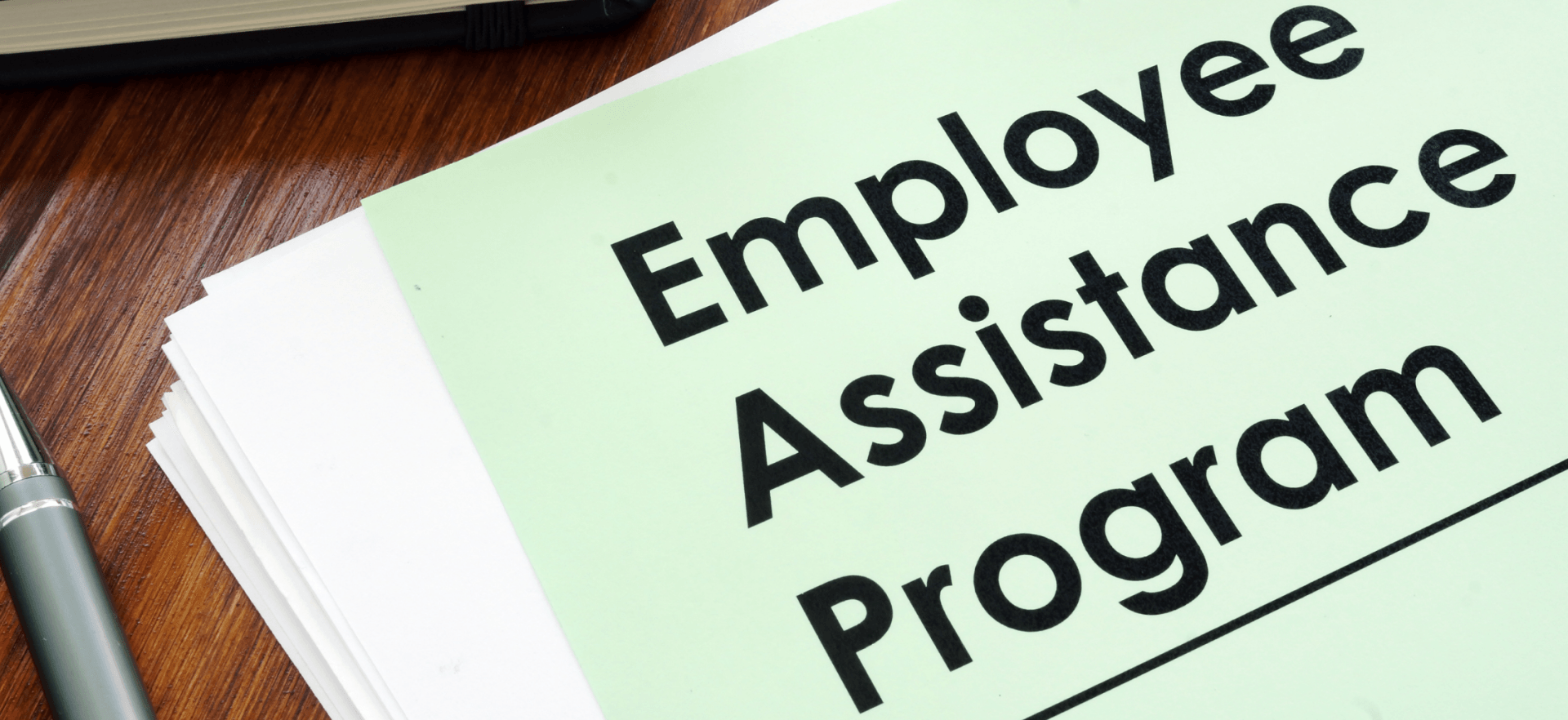
Employee Assistance Programs (EAP) are increasing in popularity, and can be an important tool for your business. Simco has an EAP available to offer your employees.
Employee productivity is a crucial component to the success of any business. These days, we’ve watched employees become overwhelmed by personal or behavioral problems which inhibit them to perform at their best. An increase in stress can lead to higher health risks and expensive insurance claims. Likewise, psychological problems, substance abuse, financial stress and more can all lead to lower productivity and focus at work, increased absenteeism, and higher health care costs. An EAP can address these issues and help employees tend to their personal needs, resulting in you having healthier, happier and a more productive team.
What is an EAP?
EAPs traditionally have assisted workers with issues like alcohol or substance abuse; however, most now cover a broad range of issues such as child or elder care, relationship challenges, financial or legal problems, wellness matters and traumatic events like workplace violence. An EAP is an employer-sponsored program that offers services or referrals to help employees deal with a variety of personal issues. All EAP’s are different, but common issues addressed are:
- Alcohol or substance abuse
- Divorce or marital problems
- Stress
- Crisis intervention
- Childcare or eldercare
- Eating disorders
- Gambling addiction
- Psychological or psychiatric challenges
- Financial or legal issues
- Consultation services and training for managers regarding employee performance
Why Offer an EAP?
When employees are distracted by stressful personal situations, they can’t focus on work, and you’ll likely see them call in absent more. Thus, their health may suffer and produce higher medical costs. Of course, no employer wants these circumstances, but it is costly to recruit and train a replacement for the struggling employee, especially if that individual has the potential to once again be a great asset to the company.
A better solution is to offer your employees confidential assistance in handling their personal issues. EAP’s help improve their situations and get them back on track to being a productive employee for the company. EAP’s can also help attract and retain great employees, lower health care and disability claims costs, increase productivity and morale, and lower absenteeism.
Government contractors or employers receiving federal grants are required to maintain a drug-free workplace. An EAP can be a part of fulfilling that requirement by offering a drug-free component inclusive of education, awareness, testing, and counseling.
Tell Your Employees About It
Once you have an EAP set up, you should distribute a policy statement to your employees. This should communicate the services offered, how to get those services, an assurance that the program won’t endanger their jobs or reputations, a guarantee of confidentiality and any exceptions to the confidentiality agreement and that the EAP services are usually made available not only to the employee but also to the employee's spouse, children and non-marital partner living in the same household as the employee.
Ready to offer your employees an EAP?
Reach out to us at Simco, we have an EAP not just for our employees, but for your employees too! Our Sim "Co-Pilot" flyer is available to view here!
Sign up for our newsletter.




